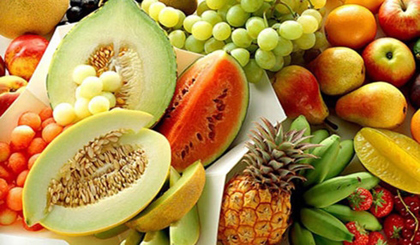Fruit and vegetable exports expected to exceed US$3 billion in 2017
Vietnam’s fruit and vegetable exports reached approximately US$1.85 billion as of July 15, triggering hopes that the figure for the whole year will surpass US$3 billion, for the first time ever.
 |
| Vietnam's fruit and vegetable exports are expected to continue surging in the opening months of 2017 |
As updated by the General Department of Customs, in the first half of July, Vietnam saw a sharp rise in its fruit and vegetable export revenue, which hit US$180 million, up 37.7% compared to the latter half of June.
Earlier, the country profited approximately US$1.67 billion from fruit and vegetable exports in the first six months of 2017, representing a considerable hike of 44.4% against the same period last year.
Among the total export value at present, fruits accounted for a large proportion, with dragon fruit ranking in first place with more than 50% of the total fruit export revenue.
According to the Industry and Trade Information Centre under the Ministry of Industry and Trade, fruits and vegetables have remained as the strongest growing agricultural items in terms of export value. The export value in the first half of the year was close to matching the figure for the entire 2015 (US$1.84 billion).
China remains the largest importer of Vietnam’s fruit and vegetable products, accounting for 74.9% of the country’s total fruit and vegetable export revenues, and a 55.4% increase compared to the first sixth months of 2016. It is followed by Japan, the United States, the Republic of Korea and the Netherlands.
In the first half of 2017, some markets registered moderate export values but saw strong increases year on year, including Hong Kong (up 102%), the United Arab Emirates (up 81%), Laos (up 78.6%) and Russia (up 54.6%).
Concerning the latter months of the year, the demand for importing tropical fruits often surges compared to the first half, aiming to meet increasing demand during large festivals, such as Christmas and the New Year.
(Source: NDO)
 về đầu trang
về đầu trang







